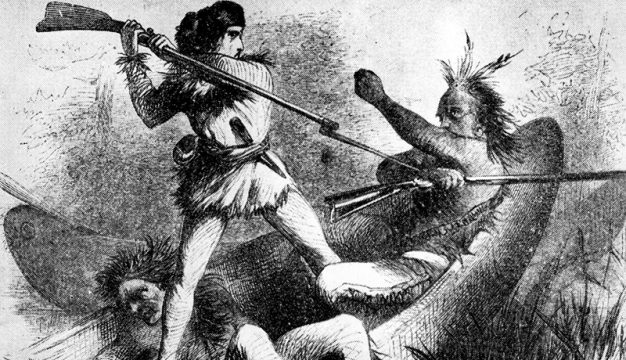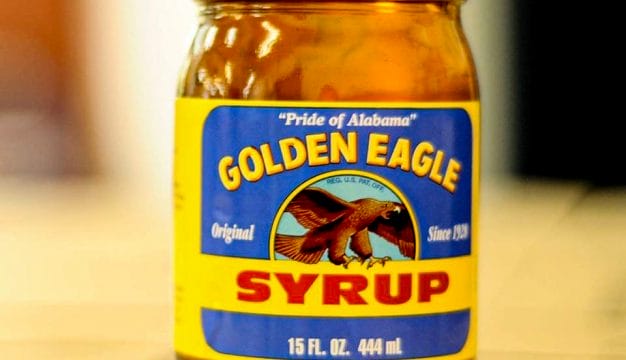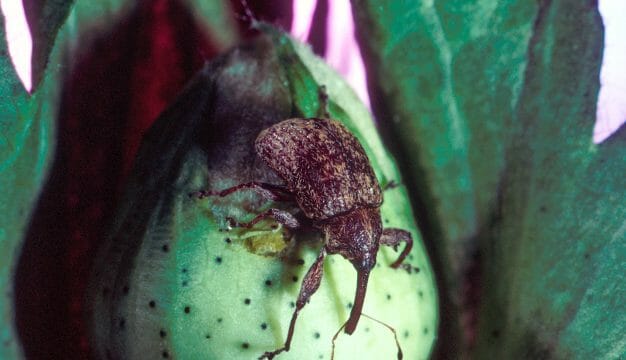Vaughan-Smitherman Museum
 Joseph T. Smitherman Historic Building
The Vaughan-Smitherman Museum in Selma, Dallas County, is a historic building and museum that houses exhibits about the building and the region's history from the early nineteenth century into the mid-twentieth century. The Greek Revival structure was erected in 1847 as a Masonic school and later served as a Civil War hospital, Freedmen's Bureau hospital, military school, the Presbyterian Boys High School, Vaughan Memorial Hospital, and the Dallas County Courthouse. The museum is named after local physician Samuel Watkins Vaughan and former mayor Joseph T. Smitherman.
Joseph T. Smitherman Historic Building
The Vaughan-Smitherman Museum in Selma, Dallas County, is a historic building and museum that houses exhibits about the building and the region's history from the early nineteenth century into the mid-twentieth century. The Greek Revival structure was erected in 1847 as a Masonic school and later served as a Civil War hospital, Freedmen's Bureau hospital, military school, the Presbyterian Boys High School, Vaughan Memorial Hospital, and the Dallas County Courthouse. The museum is named after local physician Samuel Watkins Vaughan and former mayor Joseph T. Smitherman.
The three-story red-brick building was constructed in 1847 as a school for the orphans and children of indigent Freemasons by the Selma Masonic Lodge #27 at a cost of $15,000. It was designed in the Greek Revival style, which was popular in the mid-nineteenth century. Rectangular in shape, the building has a seven-bay façade divided by four Ionic columns in the central portico. In 1975, it was listed on the National Register of Historic Places, and it is part of the National Park Service's Selma to Montgomery National Historic Trail.
Formerly incorporated on February 19, 1848, the Central Masonic School opened in October 1848 with 45 pupils. The following year, the school's trustees installed a military department but by 1851 the school was mortgaged to a Caroline M. Tarver of Dallas County after financial setbacks resulted in its loss by the Masonic Order. After the April 1865 Battle of Selma at the close of the American Civil War, the building was used as a hospital for Confederate soldiers.
Shortly after the war, the building served temporarily during Reconstruction as a Freedmen's Bureau hospital. It was the first hospital in Selma that treated African Americans. The building was soon thereafter purchased by local civic leaders who were attempting to convince county leaders to move the seat of county government from nearby Cahaba to Selma by offering the building to the county as the new county courthouse. In 1866, Selma was chosen as the Dallas County seat and the building served as the county courthouse until 1901, when a new courthouse was built nearby. It was then purchased by the trustees of Henry White Vaughan's estate for $5,025 and leased it to the Selma Military Institute, which occupied the premises until 1908 when it moved across town.
In 1911, the trustees then converted the building into the Vaughan Memorial Hospital, which was named in memory of Henry Vaughan's father, physician Samuel Watkins Vaughan. It was initially a whites-only hospital but later served African Americans in a separate added wing. It was used as a hospital until 1960, when a new hospital building was constructed across town. The building sat vacant until 1969, when the city of Selma and the Selma Housing Authority purchased it for $82,500 with federal assistance and under the guidance of then-mayor Joseph T. Smitherman. The building was then renovated and an earlier addition of a rear wing was removed before it opened under the name Historic and Civic Building on May 16, 1971, as a museum and conference center. The facility's grounds were landscaped with fountains, benches, and walkways and operated as a small city park. On June 20, 1975, the building was added to the National Register of Historic Places and four years later, the Selma City Council renamed the building as the Vaughan-Smitherman Museum in honor of Mayor Smitherman (1964-1979) and his efforts to preserve and restore the derelict building.
The Vaughan-Smitherman Museum stands today as a reflection of Selma's history from its founding in 1820 until the Vaughan Memorial Hospital relocated from this building in 1960. It is divided into three major parts, with each floor reflecting different important eras of Selma history. The first floor of the museum is reflective of Selma in the nineteenth century and includes a Victorian motif with historical documents relating to slavery that were donated by local Selma native Art Lewis and paper money from the Reconstruction period. The second floor is dedicated to regional military history and includes artifacts from the Selma Ordnance and Naval Foundry, battle flags, and uniforms and medals from World War II veterans from Selma. The third floor is a recreation of the interior of the Vaughan Memorial Hospital when it was housed in the building, with the floors and walls restored to their original state. Recreated rooms include a patient's room, delivery room, and the room used for dentistry and optometry. The museum also includes Victorian antiques, locally produced art, and a collection of Native American artifacts. Meeting rooms are available for use by local clubs and civic groups as well as parlors for social events. It is supported by the Friends of the Vaughan-Smitherman Museum and is just off the Selma to Montgomery National Historic Trail.
The museum is located at 109 Union Street. It is open from 9:00 a.m. until 4:00 p.m. Tuesday through Saturday. Nearby are the Brown Chapel AME Church, the First Baptist Church of Selma, the Selma Interpretive Center, the Ancient Africa, Enslavement, and Civil War Museum, the Old Depot Museum, the National Voting Rights Museum, and Sturdivant Hall.
Further Reading
- Fitts, Alston, III. Selma: A Bicentennial History. Tuscaloosa: University of Alabama Press, 2016.



